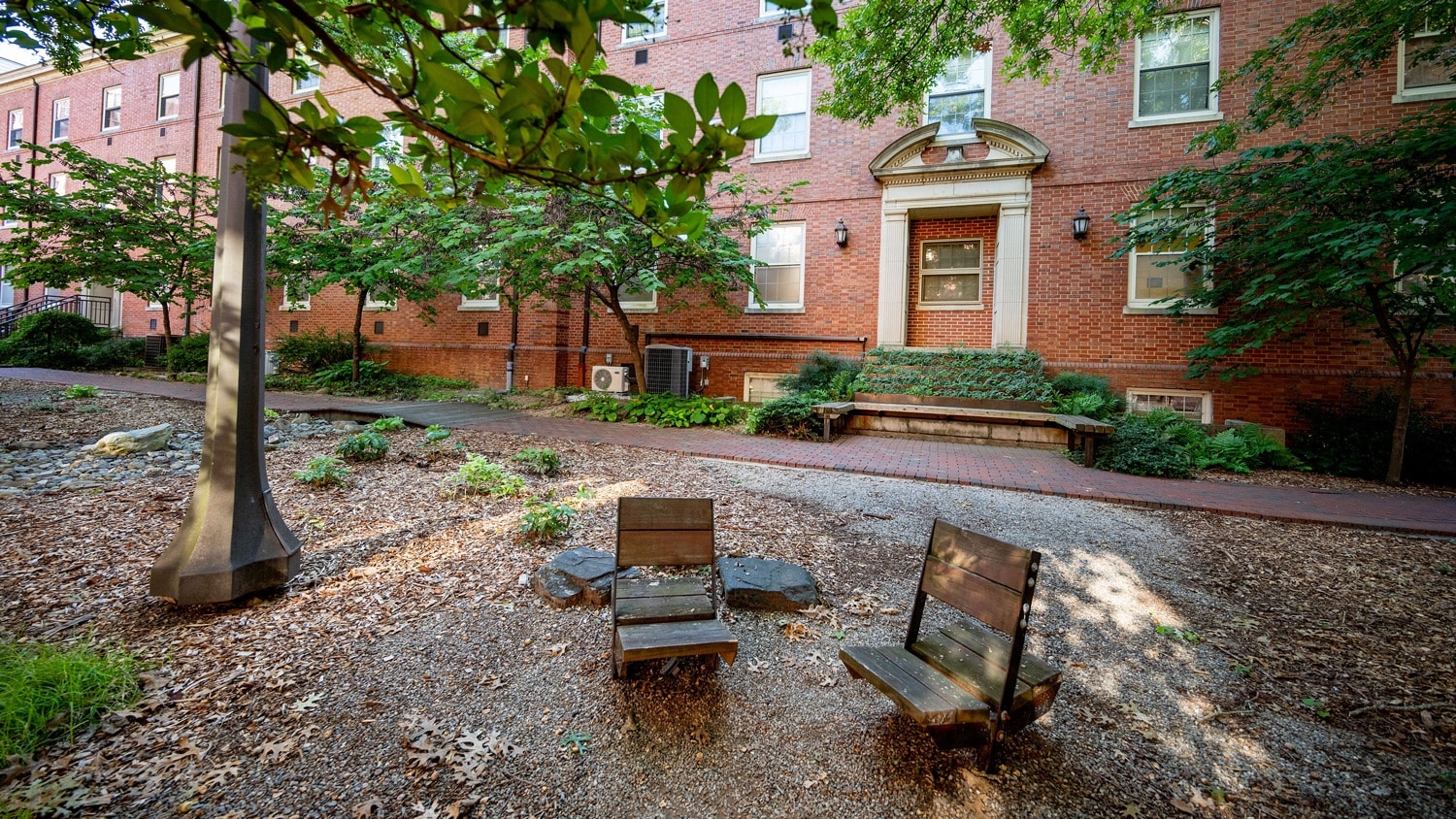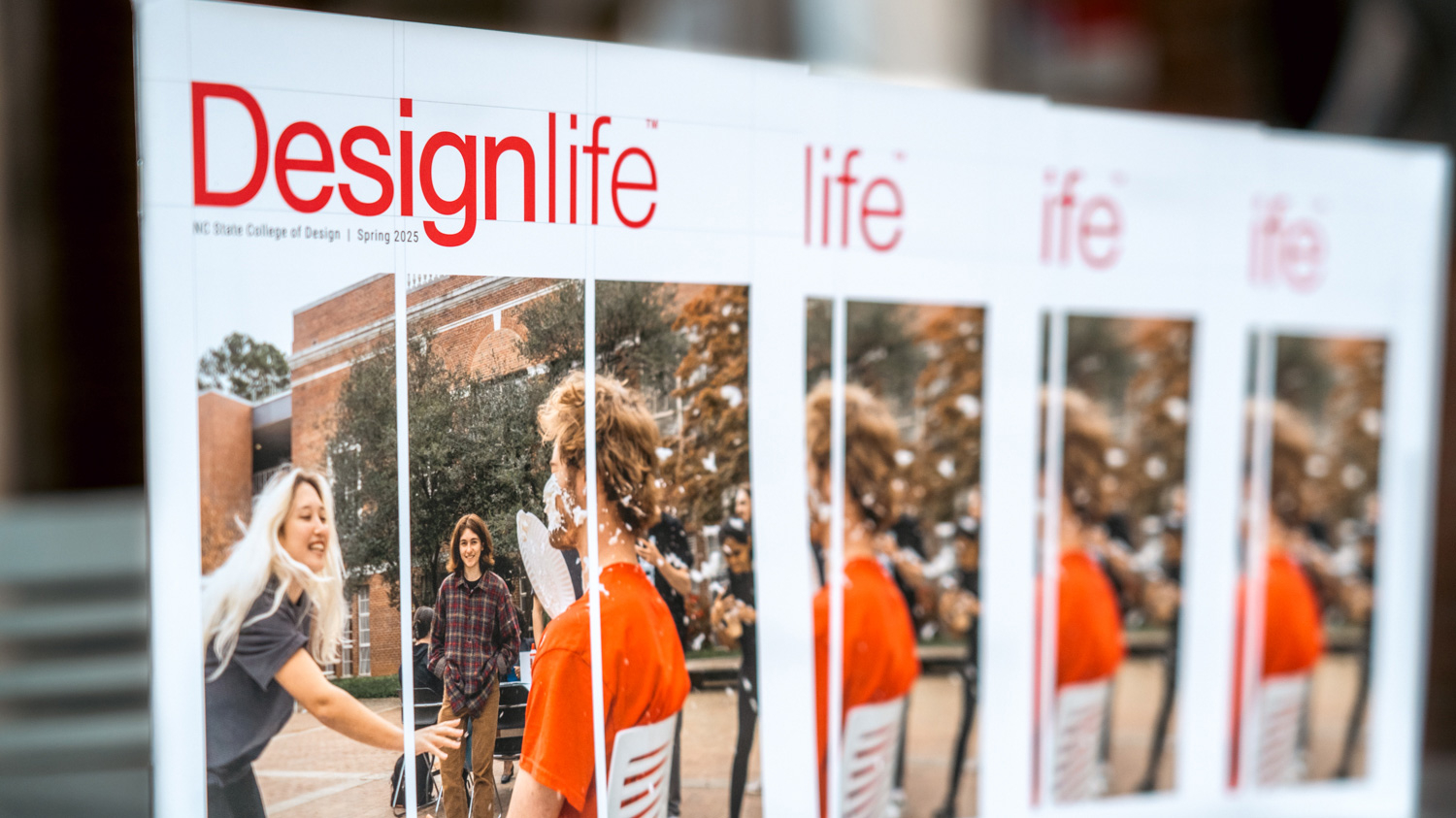Risk, Uncertainty and the Role of the Public Research University
Editor’s Note: This is a guest post by Jason Coupet, an assistant professor of public administration in NC State’s School of Public and International Affairs. This post is part of a series by NC State researchers that addresses uncertainty in science. Uncertainty is a topic that is often misunderstood by people outside of the research community, and people often think that uncertainty means researchers have no idea what is true. This series aims to address these misconceptions about uncertainty in research.
There is a lot about our society we still don’t understand. But we do understand a great deal, and much of that stems directly from university research. While many think of research’s importance in the context of new technologies, research also serves the public good in at least two other ways: it helps us both understand risk and navigate uncertainty.
Public colleges and universities are increasingly seen as job training programs, but public universities have another very important mission: conducting research in search of solutions to public problems. Many of the calls to disrupt higher education are underwritten by the notion that university research is a wasteful luxury. The rebuttals to this notion have largely emphasized the economic growth and technological progress that universities drive, since recent funding cuts to research significantly threaten this growth.
Emphasizing job growth and industrial technological advancement to promote the university research mission makes sense; many of the technological advances we enjoy are direct products of publicly funded research. But we must not overlook the other benefits associated with university research.
In this time of anxiety and increased uncertainty, public research universities have a special purpose: helping the public better understand the collective risks we face, and reducing the uncertainties that lead to anxiety and social instability.
University researchers are learning more and more about the risks our societies face: not only where they come from, but how our communities can pull together, invest in each other, adapt and respond. Research from public universities has advanced our understanding of everything from the risks associated with rising social inequality to the myths about the risks of vaccines. Some of these risks are about the places we live, like the risks associated with segregation or community unemployment. And some of these risks are about the decisions we make individually, like claiming retirement benefits too early.
We are also exploring the uncertainties that daunt us, scare us or excite us. From public research, we are learning about public attitudes regarding autonomous vehicles and the many structural explanations for African-American poverty. Public research has clarified the children’s health benefits of raising the minimum wage, and the critical role of African-Americans in the Civil War. We have learned how to help pregnant women struggling with obesity and how governments can more efficiently manage pensions.
These research questions are aimed at the things we don’t understand, and our research turns those questions into knowledge that we can use to make evidence-based decisions. This turns blind uncertainties into understandable risks, giving us the opportunity to use this new understanding to create change that benefits the public.
Our universities teach students, and while these classes can help students find meaning and meaningful employment, many universities conduct research that is just as important to our communities. Some of that research leads to tangible products we can see directly, but much of it helps improve our lives in less tangible ways by reducing risks and uncertainty in our communities.
We will never know everything, and uncertainty is scary. But investment in public research helps us reduce that uncertainty, better understand our risks and make the world a less scary place.
This post was originally published in NC State News.


